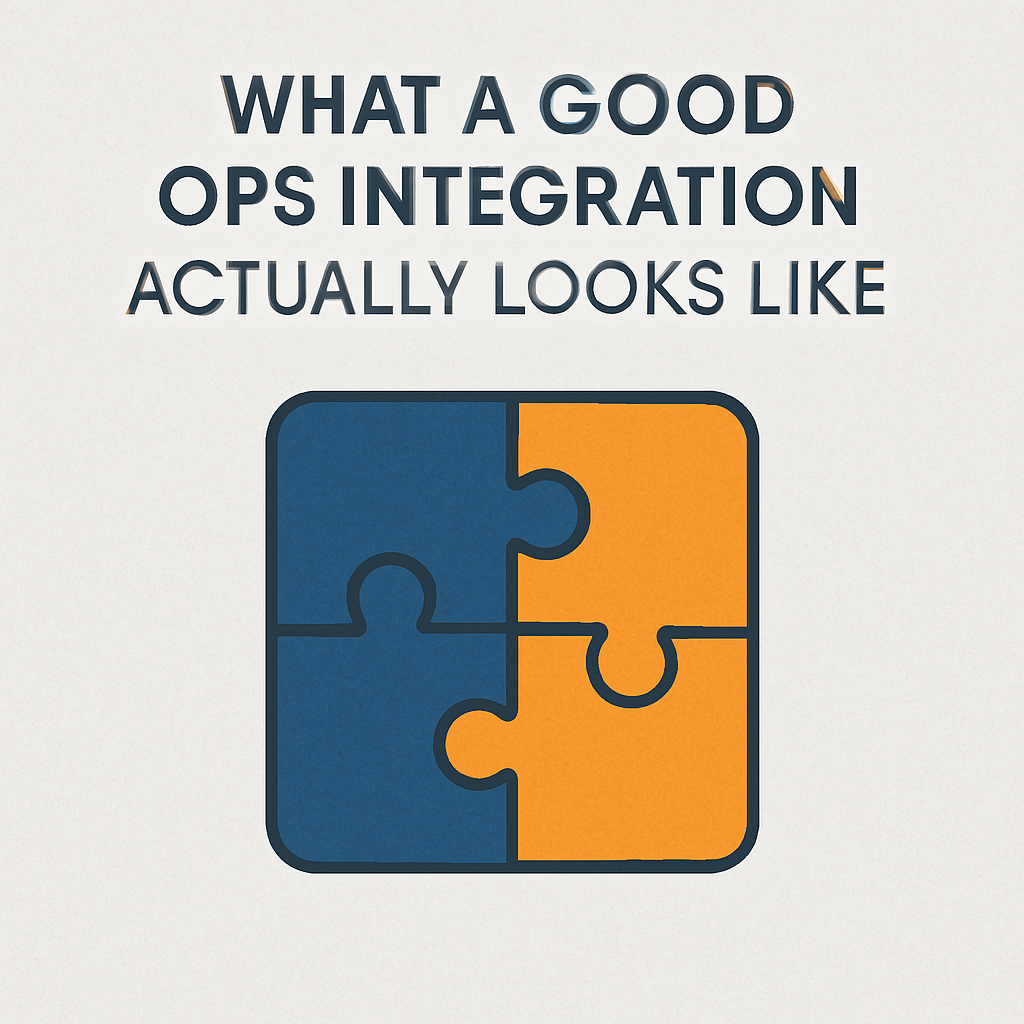Everyone loves the strategy deck. But the operating model? That’s where the hard choices live—who stays, who goes, what gets cut, and who’s really ready to lead. This is a post about the gritty side of strategy execution—the side no one likes to talk about but every leader has to face.
Read MoreI used to think great leadership meant doing it faster, better, smarter. But it turns out, one of the most powerful things a leader can do is… nothing. Not because they’re checked out—but because they’ve built an organization that doesn’t need them in every decision. This is a story about a snow shovel, a shutdown, and the real meaning of delegation.
Read MoreWhen executives over-attend meetings, teams underperform. This post breaks down how leadership presence—when overdone—creates bottlenecks, erodes ownership, and signals a lack of trust. The best way to empower your team? Step out of the room.
Read MoreReturn-to-office mandates are everywhere. But if you lead a multi-location company, you’re focused on the wrong test. Try this instead: mandate a remote week for your HQ team and see what breaks. What fails without hallway access or proximity? That’s where your structure is weakest—and where scale will fail.
Read MoreFlat orgs feel empowering—until they fall apart under their own weight. As companies grow, the nostalgia of early connection often gets in the way of the structure required to scale. This post uses a childhood toolset as a metaphor for why clinging to “flatness” is less about culture and more about control—and how SHIELD Illinois grew fast by adding structure, not red tape.
Read MoreMost workplace emergencies aren’t emergencies. They’re just symptoms of poor prioritization and unclear expectations. This post breaks down how to define true emergencies and structure escalation before everything feels urgent.
Read MoreMeetings are like goldfish—they grow to the size of their tank. If you give them an hour, they’ll take an hour. This post challenges default meeting durations and lays out a case for shorter, sharper, more effective conversations. Stop scheduling 60 minutes. Keep the goldfish in the tank.
Read MoreGood ops integration isn’t about who won the deal. It’s about what you build together. This post walks through what integration should look like—and how ego and mistrust destroy potential before it even starts.
Read MoreGrowth gets the headlines. But scaling? That’s where companies break—or break through. This post breaks down my approach to building systems that let companies grow fast without losing their footing, based on real lessons from companies like SHIELD Illinois.
Read MoreEmployees shouldn’t need a map to get help. If your internal support system wouldn’t survive five minutes with customers, it’s time to redesign it—because your employees are your most important customers.
Read MoreWeeding out the square pegs for your round hole is only the beginning.
Read MoreFor our inaugural Ask An Entrepreneur, I spoke to my good friend Shannon Gail Clemonds owner/operator of Shannon Gail. Shannon Gail is a Chicago-based event planning firm producing 90+ weddings and events per year locally and across the United States. The team is comprised of a unique blend of business and event professionals with backgrounds in finance, marketing, design, venue management, hospitality, and catering and prides itself on being the go-to expert in all areas of event production. In its 10 years of business, the company has continued to set the bar for event management standards and has built an impressive resume of corporate and social clientele.
Read MoreYour operations manager manages operations because they know operations. Your accountant knows accounting. Your marketing director knows marketing. Would you want the hospital administrator second-guessing your doctor? Probably not. In this same vein, don’t second-guess your team leads. They eat, sleep, and breathe these areas.
Read MoreWhile we probably don’t hold the lives of astronauts and the hope of a nation on our shoulders, the leadership demonstrated by Gene Kranz can be an example of what every leader should strive to become.
Read MoreSome people are just good at what they do. They have found their niche and that is fantastic. Other people are good at what they do but can do so much more. It is up to you as a leader to find those people, foster their talents, and help them to grow.
Read MoreAs a budget conscious business professional, I love to get a good deal for my company. If I can save $20/month by changing vendors--I’ll do it. No amount is too small. There is, however, one place I will never skimp—people.
Read MorePeople want to know what is expected of them. Failure to apply a consistent standard of delegation will deflate morale and inflate indifference. If your team isn't clear on what they can do, they will do nothing. Inevitably, prolonged exposure to inconsistent delegation will result in an inefficient organization--you will have to make the final decision on everything from which vendor use for coffee to what color ink is in the pens at the front desk.
Read MoreManagement does not equal leadership and leadership does not equal management. These two skills are as disparate as apples and oranges. Managing leaders must strive valiantly to maintain separation between the two and whenever possible, err on the side leadership.
Read MoreWe have all been put in situations beyond our control. We have all experienced a time where our fate or the fate of our organization rested squarely in the hands of someone or something over which we had no influence or authority. However, in my experience, there is always something you can do to improve the situation for customers.
Read More

















